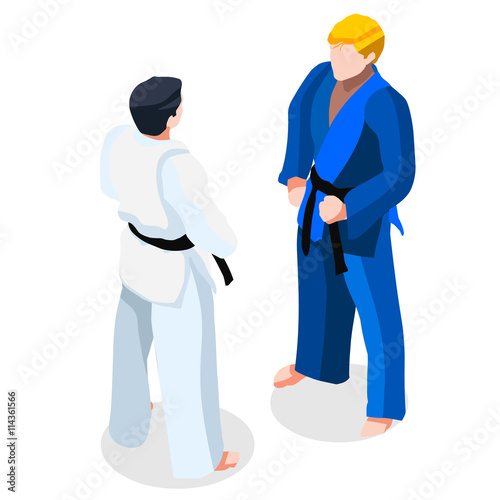The Advancement And Historic Importance Of Martial Arts Throughout Various Societies
The Advancement And Historic Importance Of Martial Arts Throughout Various Societies
Blog Article
Created By-Egeberg Ebsen
Martial arts have a remarkable history that spans centuries and continents. taekwondo classes near me for adults may discover it intriguing exactly how old techniques like Shuai Jiao and Kalaripayattu laid the groundwork for modern fight techniques. These self-controls not just highlight physical abilities however also mirror the cultures that birthed them. As you discover their advancement, consider how globalization has transformed these traditional types right into crossbreed styles. What impacts do you believe have shaped today's martial arts landscape?
Ancient Martial arts: The Structures of Combat
As you explore the globe of ancient martial arts, you'll find the abundant structures that formed combat strategies across societies. Early methods concentrated on Self-Defense and survival, commonly including strikes, hurting, and weapons.
In ancient China, for example, methods like Shuai Jiao stressed throws and joint locks, while India's Kalaripayattu showcased agility and liquid movement. Japanese samurai developed Kenjutsu, a polished swordsmanship that highlighted self-control and approach.
These martial arts offered not just for battle but also as a way of personal growth, instilling values like respect and willpower. just click the up coming article mixing of these strategies gradually laid the groundwork for the diverse martial arts you see today, each reflecting the one-of-a-kind viewpoints and demands of its culture.
The Social Impact on Martial Arts Advancement
While martial arts commonly show the sensible needs of a society, they additionally symbolize the cultural values and ideas of their origins. When you explore different martial arts, you'll see just how they're influenced by religious beliefs, philosophy, and social standards.
As an example, the emphasis on regard and self-control in Japanese martial arts comes from Zen Buddhism and samurai culture. On the other hand, Brazilian Jiu-Jitsu advertises adaptability and technique, shaped by the need for efficiency in a varied, multicultural setting.
You may discover that the rituals, attires, and training approaches mirror an area's history and identity. By recognizing these cultural impacts, you strengthen your appreciation of martial arts and their duty in shaping human experiences across the globe.
Modern Adaptations and the Globalization of Martial arts
Martial arts have changed significantly in current years, adapting to modern society and global impacts. You'll notice that typical kinds have mixed with modern-day strategies, creating hybrid styles like MMA. These adjustments accommodate varied audiences, making martial arts available and appealing around the world.
With preschool karate class of social networks and electronic platforms, you can discover tutorials and competitions from all edges of the world, damaging geographical obstacles. This globalization has caused a common admiration for different self-controls, from Brazilian Jiu-Jitsu to Taekwondo.
As you involve with these arts, you'll realize they're not practically fight; they promote fitness, discipline, and psychological health.
Eventually, modern adaptations have enhanced the martial arts landscape, making it a vibrant and advancing practice.
Final thought
In discovering the history and evolution of martial arts, you discover a remarkable blend of strategies, societies, and ideologies. From ancient self-controls like Shuai Jiao and Kalaripayattu to the contemporary flexibility seen in mixed martial arts, martial arts reflect humankind's quest for Self-Defense and personal growth. As you engage with these techniques, you not just acquire abilities yet additionally a deeper recognition for the diverse customs that form our globe today. So, continue your trip and embrace the art of fight!
